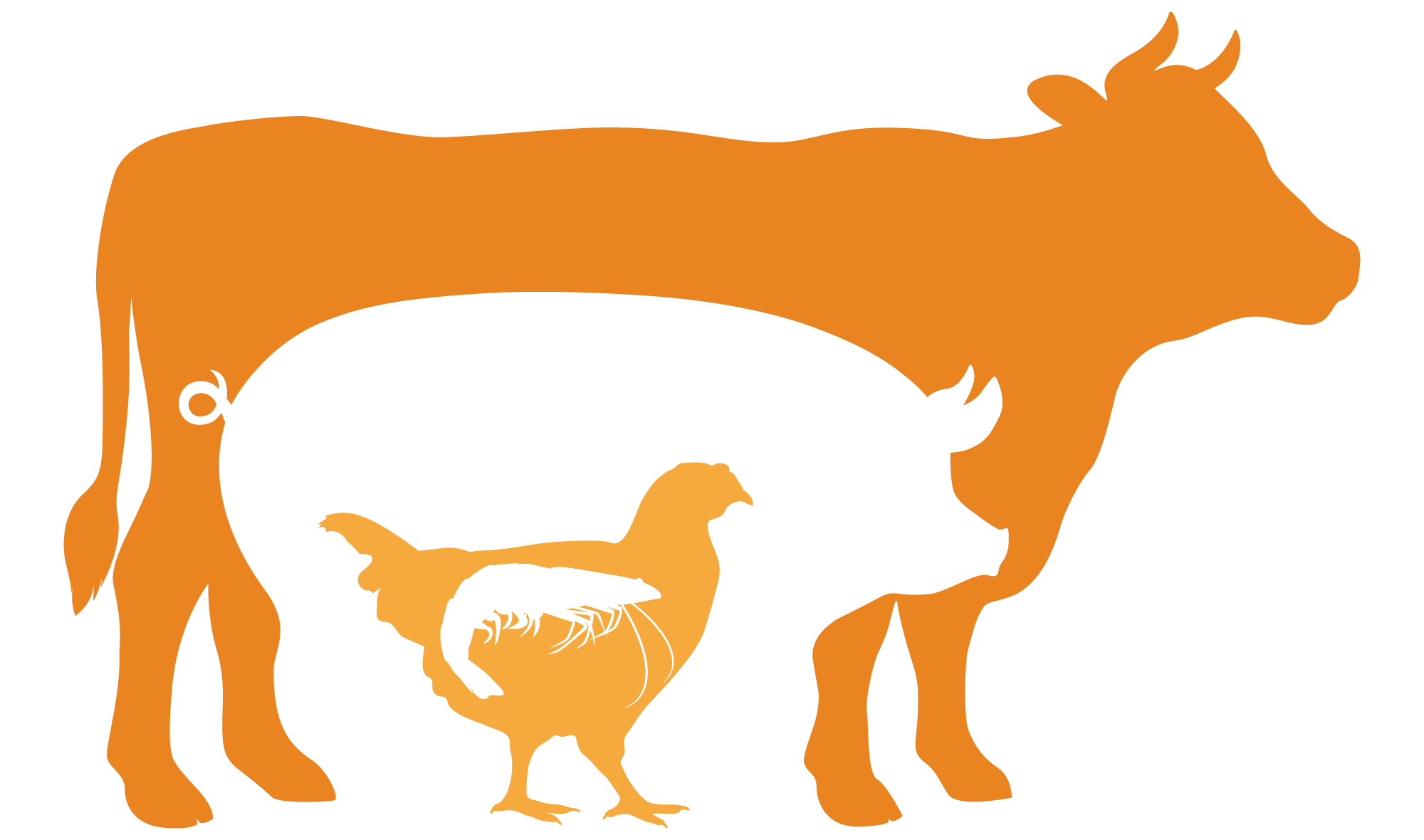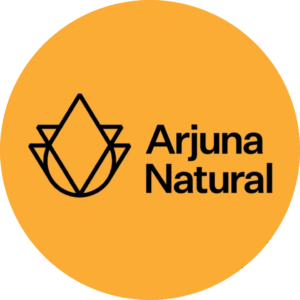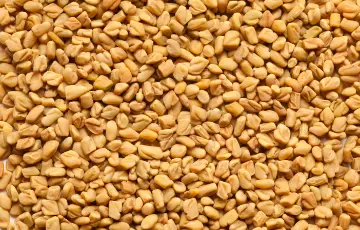More than turmeric for menstrual cramps. Botanical blend relieves menstrual pain in clinical study

Arjuna Natural’s Rhuleave-K®, a botanical blend of turmeric and Boswellia, has shown promise in alleviating menstrual cramps. The formula targets primary dysmenorrhea, offering a holistic solution to manage discomfort and enhance daily activities for women. Conducted at Smt. Meva Chaudhary Hospital, the study involved women with moderate to severe cramps.
In a one-day study, participants were divided into groups receiving Rhuleave-K® or a placebo. Administered upon pain severity, the study tracked pain relief for six hours. Results demonstrated the blend’s potential in pain reduction. Treatment group relief was 12.6 times better than placebo, with significant differences observed at every 30-minute interval. The overall difference after six hours was 20 times better.
Crafted by Arjuna Natural, Rhuleave-K® combines turmeric and Boswellia extracts using proprietary SPEEDTECH® technology for quick action. The blend has exhibited analgesic properties in trials targeting musculoskeletal pain.
Have heard about – how to use turmeric for menstrual cramps? This is much more than expected.
The company extended the use of its well-known botanical formulation (which includes turmeric, frankincense/Boswellia serrata and related botanicals) to target menstrual pain management for women. Known previously for its effects in musculoskeletal and joint pain, the study signals a strategic move into women’s health — particularly the unmet need of effective symptom relief for menstrual cramps. Formulation demonstrated noticeable pain relief for women experiencing primary dysmenorrhea, offering a more holistic alternative to standard pharmacologic treatments.
From a formulation and business perspective, this offers compelling implications. The study helps position turmeric (and the broader botanical blend) as a “natural pain-relief” tool for menstrual cramps — bridging a gap between conventional NSAIDs and plant-based alternatives. For manufacturers, it opens up the potential for next-generation women’s health products that tap into the wellness trend of “clean-label”, botanical-driven ingredients. With the clinical evidence now backing menstrual pain application, brands can incorporate the blend in soft-gels, formats targeted at female consumers seeking natural support during their menstrual cycle.
In short, this development shows how turmeric—and botanical blends stemming from it—can be leveraged not only for joint and muscle pain but also for menstrual pain relief. It gives formulators a science-based narrative to claim “natural menstrual pain support” built on a specific extract technology. If your business is looking to innovate in the women’s health space, this study highlights a timely opportunity to leverage turmeric’s benefits for menstrual cramp relief and enrich your product portfolio accordingly.











